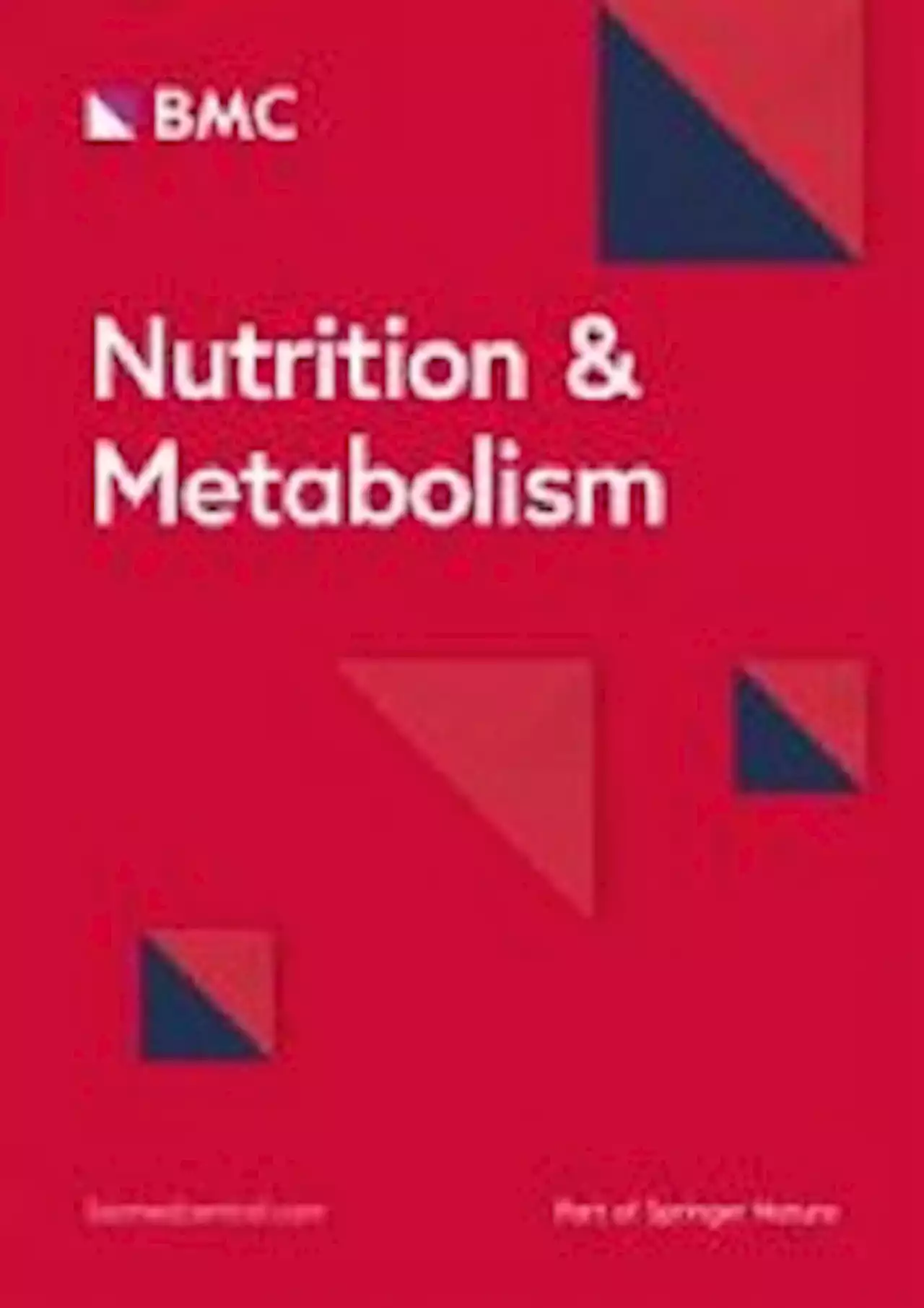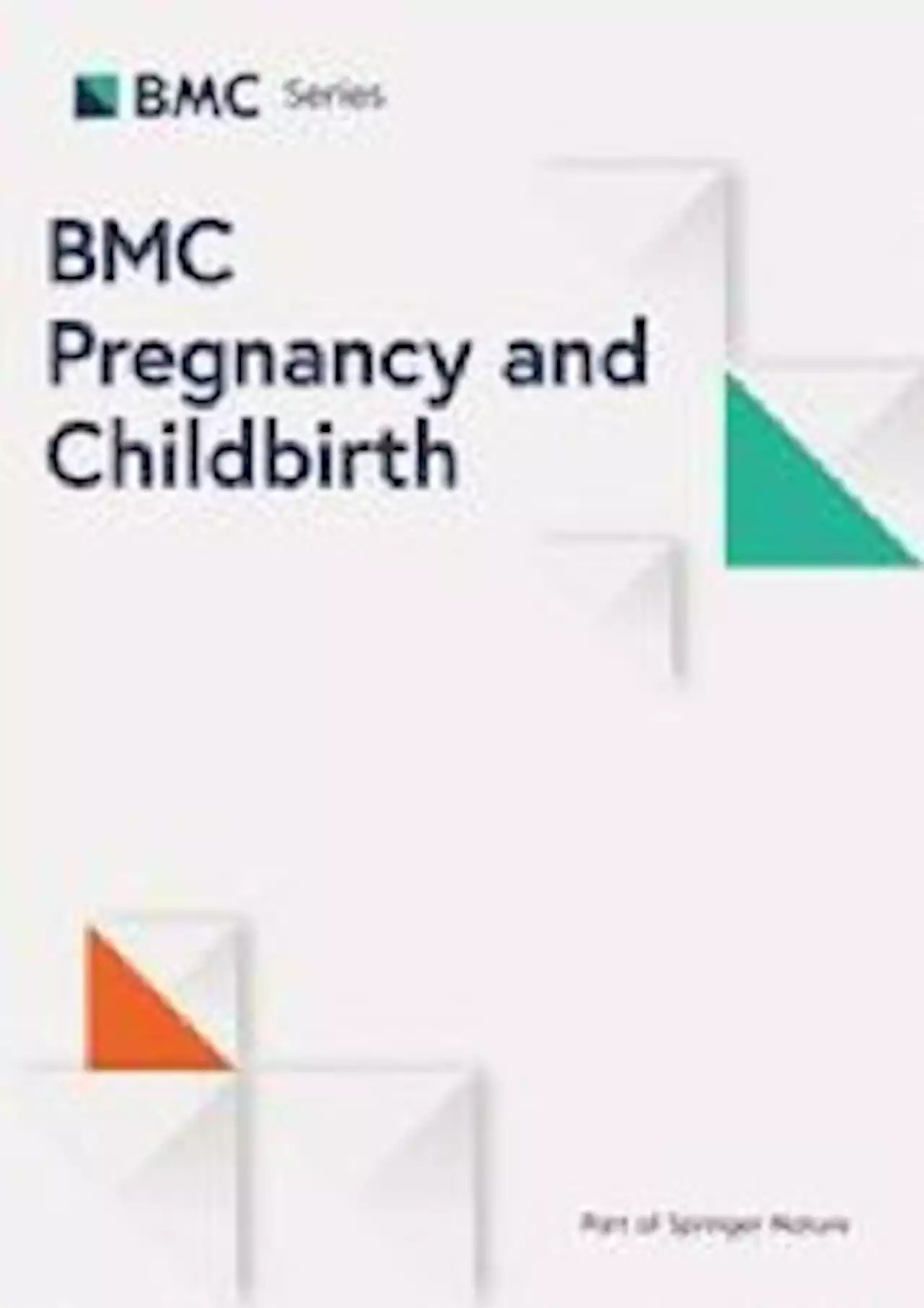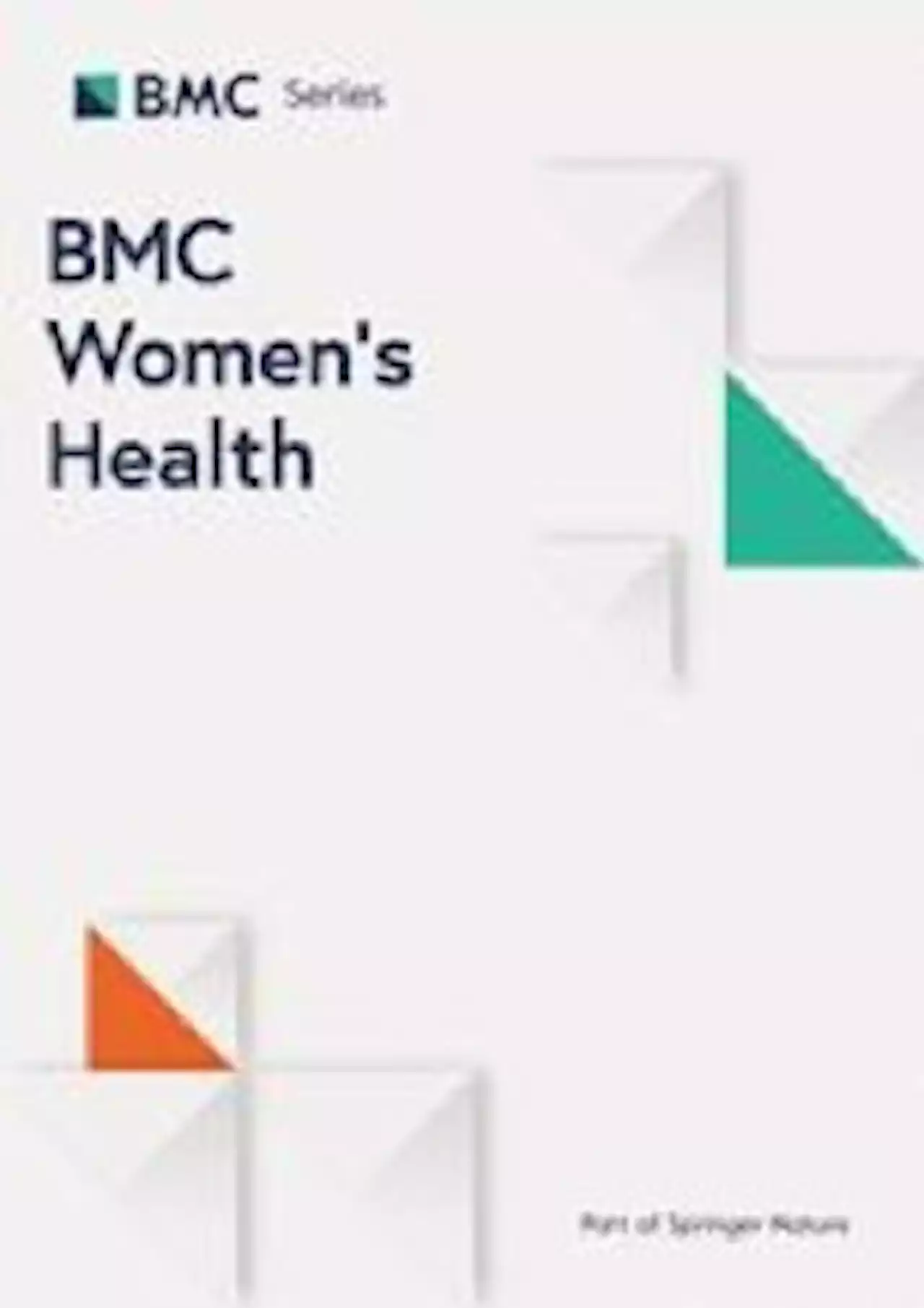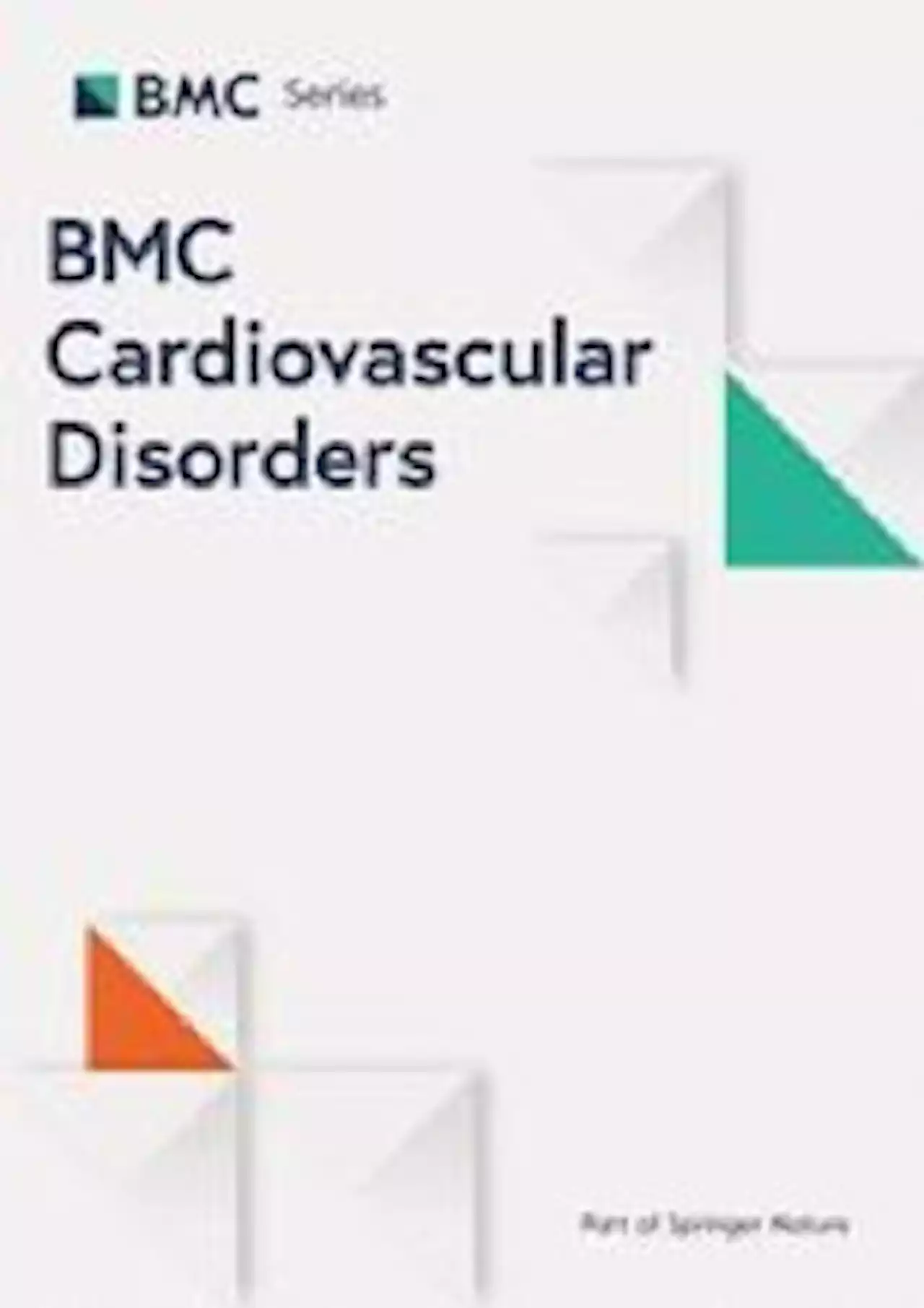Patients with a severe increase in lipoprotein (a) after statin therapy have a higher risk of major adverse cardiovascular events, reports a study published in BMCCardiovascDisord
Patient characteristics were obtained from the hospital records. This included information such as age, sex, body mass index, smoking history, family history, comorbidities , use of secondary prevention medications , laboratory test results [LDL-C, Lp, creatinine, etc.] obtained before PCI, records of PCI and the results of blood lipids measurement after 1 month of statin therapy.
The study endpoints were major adverse cardiovascular events , including cardiovascular death, non-fatal myocardial infarction or ischemic stroke, hospitalization related to unstable angina and unplanned coronary revascularization.Categorical variables were represented as number and analyzed by chi-square test or Fisher’s exact test. Continuous variables that met the normal distribution were represented as mean ± S.D. and analyzed by t-test or variance analysis.
Lp was converted into two variables [Lp ≥ 50 mg/dL and log10-transformed Lp]. The hazard ratio and 95% confidence interval for MACE were calculated respectively by Cox proportional-hazard regression models, which were used to compare the correlation of pre-and-post statin Lp levels with MACE. The cumulative MACE—free survival rates between Lp increased group and Lp increased group were estimated via the Kaplan–Meier method, and the differences were analyzed by the log-rank test. The HR and 95%CI for MACE for each subgroup based on the quartile of the increase in Lp were calculated via Cox proportional hazard models. Statistical analysis was performed using IBM SPSS Statistics, Version 25.0.
, the mean level of Lp increased by approximately 19.3% in patients after LLT, a statistically significant difference (
Danmark Seneste Nyt, Danmark Overskrifter
Similar News:Du kan også læse nyheder, der ligner denne, som vi har indsamlet fra andre nyhedskilder.
 Beneficial effect of time-restricted eating on blood pressure: a systematic meta-analysis and meta-regression analysis - Nutrition & MetabolismBackground As a cardiometabolic disease, hypertension has shown an obvious upward trend, becoming a global epidemic chronic disease. Lifestyle intervention is a fundamental method for lowering blood pressure. This systematic review and meta-analysis aimed to evaluate the effects of time-restricted eating (TRE) on blood pressure. Methods Studies were retrieved from the PubMed, Embase, Cochrane Library, and Web of Science databases to evaluate the effects of TRE on blood pressure. The time frame of search was from the start of database construction until July 14, 2022.There were no language restrictions. Meta-analysis and meta-regression were performed using Stata version 16. The weighted mean difference with 95% CI was used to assess the effect of TRE on blood pressure, heart rate, weight, blood glucose, total cholesterol, HDL-C, LDL-C, and triglycerides. The main ending of this article were blood pressure and heart rate, while the secondary ending were weight, blood glucose, total cholesterol, HDL-C, LDL-C, and triglycerides. Results Ten randomized controlled trials involving 694 patients were identified. TRE significantly reduced systolic blood pressure (SBP) (mean difference=−4.15; 95% CI: −6.73, −2.30; P | 0.0001), but had no significant effect on diastolic blood pressure (DBP) (mean difference=−2.06; 95% CI: −4.16, 0.02; P=0.053) and no beneficial effect on heart rate (mean difference=0.36; 95% CI: −2.83, 3.54; P=0.0825). TRE promoted weight loss (mean difference=−1.63; 95% CI: −2.61, −0.64; P=0.001) and decreased blood glucose levels (mean difference=−2.80; 95% CI: −4.64, −0.96; P=0.003), but had no significant effect on total cholesterol (mean difference=0.03, 95% CI: −10.01, 10.08; P=0.995), HDL-C (mean difference=0.85, 95% CI: −1.80, 3.49; P=0.531), LDL-C (mean difference=−0.86, 95% CI: −6.47, 4.76; P=0.764), or triglycerides (mean difference=−3.524, 95% CI: −9.49, 2.45; P=0.248). In a separate meta-regression analysis, the degree of SBP change was related t
Beneficial effect of time-restricted eating on blood pressure: a systematic meta-analysis and meta-regression analysis - Nutrition & MetabolismBackground As a cardiometabolic disease, hypertension has shown an obvious upward trend, becoming a global epidemic chronic disease. Lifestyle intervention is a fundamental method for lowering blood pressure. This systematic review and meta-analysis aimed to evaluate the effects of time-restricted eating (TRE) on blood pressure. Methods Studies were retrieved from the PubMed, Embase, Cochrane Library, and Web of Science databases to evaluate the effects of TRE on blood pressure. The time frame of search was from the start of database construction until July 14, 2022.There were no language restrictions. Meta-analysis and meta-regression were performed using Stata version 16. The weighted mean difference with 95% CI was used to assess the effect of TRE on blood pressure, heart rate, weight, blood glucose, total cholesterol, HDL-C, LDL-C, and triglycerides. The main ending of this article were blood pressure and heart rate, while the secondary ending were weight, blood glucose, total cholesterol, HDL-C, LDL-C, and triglycerides. Results Ten randomized controlled trials involving 694 patients were identified. TRE significantly reduced systolic blood pressure (SBP) (mean difference=−4.15; 95% CI: −6.73, −2.30; P | 0.0001), but had no significant effect on diastolic blood pressure (DBP) (mean difference=−2.06; 95% CI: −4.16, 0.02; P=0.053) and no beneficial effect on heart rate (mean difference=0.36; 95% CI: −2.83, 3.54; P=0.0825). TRE promoted weight loss (mean difference=−1.63; 95% CI: −2.61, −0.64; P=0.001) and decreased blood glucose levels (mean difference=−2.80; 95% CI: −4.64, −0.96; P=0.003), but had no significant effect on total cholesterol (mean difference=0.03, 95% CI: −10.01, 10.08; P=0.995), HDL-C (mean difference=0.85, 95% CI: −1.80, 3.49; P=0.531), LDL-C (mean difference=−0.86, 95% CI: −6.47, 4.76; P=0.764), or triglycerides (mean difference=−3.524, 95% CI: −9.49, 2.45; P=0.248). In a separate meta-regression analysis, the degree of SBP change was related t
Læs mere »
 Prevalence of sleep-related problems and risks in a community-dwelling older adult population: a cross-sectional survey-based study - BMC Public HealthBackground Despite evidence of adverse health consequences of inadequate restorative sleep for older adults, assessment of sleep quantity, quality, and use of sleep aids is not routinely done. We aimed to characterize sleep problems, sleep risks, and advice received about sleep in a community-dwelling older adult population, overall and in subgroups with health conditions and functional difficulties. Methods This cross-sectional study used weighted self-report data for 5074 Kaiser Permanente Northern California members aged 65-79y who responded to a 2017 or 2020 Member Health Survey. We estimated usual amount of sleep ( 20% reported discussing diet and exercise. Conclusions Large percentages of older adults experience sleep problems or get less sleep than recommended for optimal sleep health. Older patients should routinely be assessed on multiple components of sleep health (sleep hygiene, quantity, quality, problems, and sleep aid use) and educated about sleep hygiene and the importance of getting adequate restorative sleep for their overall health and wellbeing.
Prevalence of sleep-related problems and risks in a community-dwelling older adult population: a cross-sectional survey-based study - BMC Public HealthBackground Despite evidence of adverse health consequences of inadequate restorative sleep for older adults, assessment of sleep quantity, quality, and use of sleep aids is not routinely done. We aimed to characterize sleep problems, sleep risks, and advice received about sleep in a community-dwelling older adult population, overall and in subgroups with health conditions and functional difficulties. Methods This cross-sectional study used weighted self-report data for 5074 Kaiser Permanente Northern California members aged 65-79y who responded to a 2017 or 2020 Member Health Survey. We estimated usual amount of sleep ( 20% reported discussing diet and exercise. Conclusions Large percentages of older adults experience sleep problems or get less sleep than recommended for optimal sleep health. Older patients should routinely be assessed on multiple components of sleep health (sleep hygiene, quantity, quality, problems, and sleep aid use) and educated about sleep hygiene and the importance of getting adequate restorative sleep for their overall health and wellbeing.
Læs mere »
 The effects of pregnancy discrimination on postpartum depressive symptoms: a follow-up study - BMC Pregnancy and ChildbirthBackground Pregnancy discrimination in the workplace is prevalent worldwide. However, few studies have examined the effects of pregnancy discrimination on mothers’ perinatal mental health. We aimed to investigate the association between pregnancy discrimination and postpartum depressive symptoms, and the mediation effects of prenatal depressive symptoms on this association. Methods Our sample consisted of 285 Japanese women employed during pregnancy who completed a baseline online survey in May 2020 and a follow-up mail survey two months postpartum. Pregnancy discrimination was defined as exposure to any of 16 forms of disadvantageous treatment or harassment related to pregnancy, prohibited by national guidelines. Prenatal (assessed at baseline) and postpartum (assessed at follow-up) depressive symptoms were measured using the Edinburgh Postnatal Depression Scale. Multiple linear regression and mediation analyses were performed overall and stratified by regular (permanent) and non-regular (precarious) employees. Results Overall, 23.9% of participants experienced pregnancy discrimination during pregnancy. After adjusting for potential confounders, pregnancy discrimination was significantly associated with postpartum depressive symptoms (coefficient 1.76, 95% confidence interval [CI] 0.65–2.88). When stratified by employment type, these effects were observable among non-regular employees (coefficient 2.51, 95% CI 0.45–4.57) but not regular employees. Mediation analysis showed that prenatal depressive symptoms mediated 57.1% (95% CI 20.1–94.1%) of the association between pregnancy discrimination and postpartum depressive symptoms among all participants, with a greater effect among non-regular employees (64.1% [95% CI 18.5–109.8%]). Conclusions Pregnancy discrimination has adverse effects on postpartum depressive symptoms, partially through prenatal depressive symptoms, especially among non-regular employees. To prevent perinatal depression in female workers, employers
The effects of pregnancy discrimination on postpartum depressive symptoms: a follow-up study - BMC Pregnancy and ChildbirthBackground Pregnancy discrimination in the workplace is prevalent worldwide. However, few studies have examined the effects of pregnancy discrimination on mothers’ perinatal mental health. We aimed to investigate the association between pregnancy discrimination and postpartum depressive symptoms, and the mediation effects of prenatal depressive symptoms on this association. Methods Our sample consisted of 285 Japanese women employed during pregnancy who completed a baseline online survey in May 2020 and a follow-up mail survey two months postpartum. Pregnancy discrimination was defined as exposure to any of 16 forms of disadvantageous treatment or harassment related to pregnancy, prohibited by national guidelines. Prenatal (assessed at baseline) and postpartum (assessed at follow-up) depressive symptoms were measured using the Edinburgh Postnatal Depression Scale. Multiple linear regression and mediation analyses were performed overall and stratified by regular (permanent) and non-regular (precarious) employees. Results Overall, 23.9% of participants experienced pregnancy discrimination during pregnancy. After adjusting for potential confounders, pregnancy discrimination was significantly associated with postpartum depressive symptoms (coefficient 1.76, 95% confidence interval [CI] 0.65–2.88). When stratified by employment type, these effects were observable among non-regular employees (coefficient 2.51, 95% CI 0.45–4.57) but not regular employees. Mediation analysis showed that prenatal depressive symptoms mediated 57.1% (95% CI 20.1–94.1%) of the association between pregnancy discrimination and postpartum depressive symptoms among all participants, with a greater effect among non-regular employees (64.1% [95% CI 18.5–109.8%]). Conclusions Pregnancy discrimination has adverse effects on postpartum depressive symptoms, partially through prenatal depressive symptoms, especially among non-regular employees. To prevent perinatal depression in female workers, employers
Læs mere »
 Risk factors for natural menopause before the age of 45: evidence from two British population-based birth cohort studies - BMC Women's HealthBackground Menopause that occurs before the age of 45 and is not medically induced (referred to here as ‘early natural menopause’) affects around one in 10 women and has serious health consequences. These consequences include increased risk of all-cause mortality, cardiovascular disease, osteoporosis, and type 2 diabetes. Methods We investigate risk factors for the onset of natural menopause before the age of 45 in two population-based prospective cohort studies in Britain: the 1958 cohort following 8959 women and the 1970 cohort following 8655 women. These studies follow women from birth to adulthood, and we use harmonized data on birth and early life characteristics, reproductive health, health behaviour, and socioeconomic characteristics for 6805 women who were pre-menopausal, peri-menopausal or had undergone natural menopause. Of these 6805 women, 3614 participated in the 1958 cohort (of which 368 had early menopause) and 3191 participated in the 1970 cohort (of which 206 had early menopause). Taking a life course approach, we focus on three distinct life stages - birth/early life, childhood, and early adulthood - to understand when risk factors are most harmful. Respecting the temporal sequence of exposures, we use a series of multivariable logistic regression models to estimate associations between early menopause and each potential risk factor adjusted for confounders. Results We find that early menopause is influenced by circumstances at birth. Women born in lower social class families, whose mother smoked during the pregnancy or who were breastfed 1 month or less were more likely to undergo early menopause. Early menopause is also associated with poorer cognitive ability and smoking in childhood. Adult health behaviour also matters. Smoking is positively correlated with early menopause, while regular exercise and moderate frequency of alcohol drinking in women’s early thirties are associated with reduced risk of early menopause. The occurrence of gynaecolog
Risk factors for natural menopause before the age of 45: evidence from two British population-based birth cohort studies - BMC Women's HealthBackground Menopause that occurs before the age of 45 and is not medically induced (referred to here as ‘early natural menopause’) affects around one in 10 women and has serious health consequences. These consequences include increased risk of all-cause mortality, cardiovascular disease, osteoporosis, and type 2 diabetes. Methods We investigate risk factors for the onset of natural menopause before the age of 45 in two population-based prospective cohort studies in Britain: the 1958 cohort following 8959 women and the 1970 cohort following 8655 women. These studies follow women from birth to adulthood, and we use harmonized data on birth and early life characteristics, reproductive health, health behaviour, and socioeconomic characteristics for 6805 women who were pre-menopausal, peri-menopausal or had undergone natural menopause. Of these 6805 women, 3614 participated in the 1958 cohort (of which 368 had early menopause) and 3191 participated in the 1970 cohort (of which 206 had early menopause). Taking a life course approach, we focus on three distinct life stages - birth/early life, childhood, and early adulthood - to understand when risk factors are most harmful. Respecting the temporal sequence of exposures, we use a series of multivariable logistic regression models to estimate associations between early menopause and each potential risk factor adjusted for confounders. Results We find that early menopause is influenced by circumstances at birth. Women born in lower social class families, whose mother smoked during the pregnancy or who were breastfed 1 month or less were more likely to undergo early menopause. Early menopause is also associated with poorer cognitive ability and smoking in childhood. Adult health behaviour also matters. Smoking is positively correlated with early menopause, while regular exercise and moderate frequency of alcohol drinking in women’s early thirties are associated with reduced risk of early menopause. The occurrence of gynaecolog
Læs mere »
 A haplotype-resolved genome assembly of the Nile rat facilitates exploration of the genetic basis of diabetes - BMC BiologyBackground The Nile rat (Avicanthis niloticus) is an important animal model because of its robust diurnal rhythm, a cone-rich retina, and a propensity to develop diet-induced diabetes without chemical or genetic modifications. A closer similarity to humans in these aspects, compared to the widely used Mus musculus and Rattus norvegicus models, holds the promise of better translation of research findings to the clinic. Results We report a 2.5 Gb, chromosome-level reference genome assembly with fully resolved parental haplotypes, generated with the Vertebrate Genomes Project (VGP). The assembly is highly contiguous, with contig N50 of 11.1 Mb, scaffold N50 of 83 Mb, and 95.2% of the sequence assigned to chromosomes. We used a novel workflow to identify 3613 segmental duplications and quantify duplicated genes. Comparative analyses revealed unique genomic features of the Nile rat, including some that affect genes associated with type 2 diabetes and metabolic dysfunctions. We discuss 14 genes that are heterozygous in the Nile rat or highly diverged from the house mouse. Conclusions Our findings reflect the exceptional level of genomic resolution present in this assembly, which will greatly expand the potential of the Nile rat as a model organism.
A haplotype-resolved genome assembly of the Nile rat facilitates exploration of the genetic basis of diabetes - BMC BiologyBackground The Nile rat (Avicanthis niloticus) is an important animal model because of its robust diurnal rhythm, a cone-rich retina, and a propensity to develop diet-induced diabetes without chemical or genetic modifications. A closer similarity to humans in these aspects, compared to the widely used Mus musculus and Rattus norvegicus models, holds the promise of better translation of research findings to the clinic. Results We report a 2.5 Gb, chromosome-level reference genome assembly with fully resolved parental haplotypes, generated with the Vertebrate Genomes Project (VGP). The assembly is highly contiguous, with contig N50 of 11.1 Mb, scaffold N50 of 83 Mb, and 95.2% of the sequence assigned to chromosomes. We used a novel workflow to identify 3613 segmental duplications and quantify duplicated genes. Comparative analyses revealed unique genomic features of the Nile rat, including some that affect genes associated with type 2 diabetes and metabolic dysfunctions. We discuss 14 genes that are heterozygous in the Nile rat or highly diverged from the house mouse. Conclusions Our findings reflect the exceptional level of genomic resolution present in this assembly, which will greatly expand the potential of the Nile rat as a model organism.
Læs mere »
